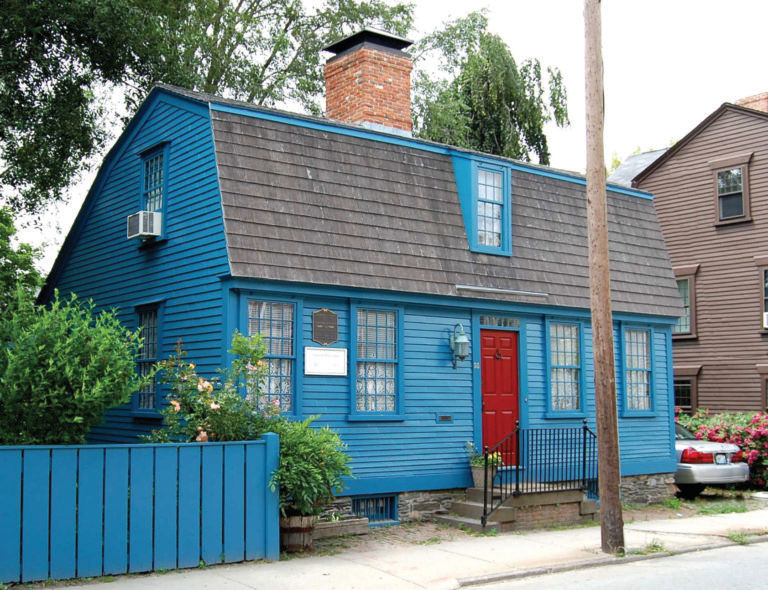Lamson House, Bradley Park State Park, Topsfield, MA. After rehabilitation as part of the DCR Historic Curatorship Program. Lowell Gate Keeper’s House, Lowell, MA. Before and after rehabilitation as part of the DCR Historic Curatorship Program.
Models of Lease, Rental, and Curatorship Programs
As Myrick Howard accurately observed in his iconic book, historic property redevelopment programs “buy time for heritage.”*
Historic Property Redevelopment Programs (HPRPs) are critical actors at particular moments in a property’s life cycle. They may be perceived as “too far gone” to be saved, the location of the structure may be increasingly valuable for developers who are not concerned with the character or cultural importance of the building, or the overall state of the neighborhood has depressed comparable values to the extent that the needed funding is impossible using traditional bank financing.
We most often see HPRPs using the acquisition/rehab/resale model. The property is acquired when it is most vulnerable, and the needed funding is creatively structured to make the house ready for resale. In some cases, buying time for heritage uses a longer format. In some cases, program administrators choose to retain ownership of the properties for an extended time and use rental income or long-term lease models to sustain the maintenance costs.
* Howard’s book Buying Time for Heritage: How to Save and Endangered Historic Property was updated and expanded in October 2023.

Fairmount Park Conservancy:
Lease from City and Sublet Model
The Conservancy works with others to establish long-term leases in historic park buildings using a collaborative agreement with the City of Philadelphia.
Learn More:

Newport Restoration Foundation
Rental Model
Newport Restoration Foundation (RI) owns, restores, and maintains historic buildings, renting them at fair market value as housing. The nonprofit and the renters-tenant stewards-partner to ensure the long-term use and protection of historic properties.
Learn More:
- Newport Restoration Foundation website
- “Historic Houses are Home for These Newport Restoration Foundation ‘Stewards,’” The Newport Daily News, Jennifer Blot, 21 January, 2022.

Auberghi Diffusi
Scattered Hotel Model
The model is the albergo diffuso, which translates best as “scattered hotel” and has really taken off this century. Rather than building a hotel to bring tourist euros into a picturesque village, or knocking buildings together, an albergo diffuso takes the more sustainable route of refurbishing empty or abandoned homes – generally within 150 metres of “reception” – as its guest rooms.”
Learn More:
- “The new type of hotel rescuing Italy’s hill villages,” The Guardian, Liz Boulter, 11 June 2016.
- “Alberghi Diffusi are the Most Sustainable Hotels in Italy–Here’s Why,” Forbes, Livia Hengel, 27 January, 2021.
- The Landmark Trust (UK)

Massachusetts Department of Conservation
State-Owned Historic Property Curatorship Program
The Historic Curatorship Program is a public-private program in which Curators rehabilitate, manage, and maintain state-owned historic properties in exchange for a long-term lease.
Learn More:
- Curatorship Program website
- Video about the curatorship program.
- Interactive StoryMap
- Terra Firma #9: Curatorships Breathe New Life into Historic Properties




